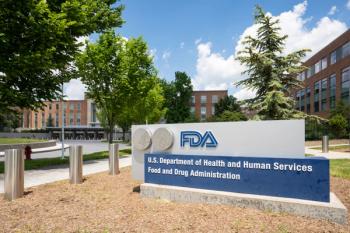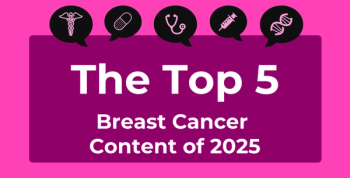
Review: Investigational Therapies Could Transform PAH Treatment
A new commentary suggests new pathways might lead to a major shift in the treatment of pulmonary arterial hypertension (PAH).
Treatment of
Although current therapies, such as vasodilators, have improved outcomes in patients with PAH, there remains a need for a “transformative” therapy that can reverse established disease, wrote the authors in a review
While the pathological characteristics of PAH include the thickening of the medial layers of the walls of distal muscular arteries and the muscularization of previously nonmuscular arterioles, the investigators said progression of PAH is also being driven at the cellular level, including through cellular loss and damage of the endothelial layer lining the lumen.
Signaling of bone morphogenetic protein (BMP), part of the TGFβ superfamily of ligands, also appears to play a causal role in the disease’s pathobiology, they said.
The authors noted that earlier research has linked mutations of the BMP2 gene with PAH. The gene encodes BMP type II receptor (BMPR-II), a deficit of which has been found in patients with PAH both with and without the genetic mutation. Thus, one of the early strategies for exploiting this knowledge has been the development of therapies to enhance BMPR-II expression. Among those are tacrolimus (FK506), which enhances BMPR-II expression by stopping the intracellular suppressor FKBP12 from binding to type I receptors; hydroxychloroquine plus 4-phenylbutyrate (4PBA), which is believed to enhance BMPR-II cell-surface expression; and etanercept, which prevents cell-surface loss of BMPR-II on pulmonary artery smooth muscle cells.
The authors described 2 additional strategies to target ligands in the signaling complex. The first approach is to target the BMP9 agonist, which appears to enhance endothelial signaling. The second is sotatercept, a therapy based on the activin ligand trap ACTR-IIA-Fc.
“Both approaches are under intense drug development programs as first-in-class therapies for PAH,” the author said.
In the case of BMP9, the authors said that in mouse models of BMPR2 deficiency and rat models of PAH, BMP9 reduced the severity of PAH and vascular remodeling.
“In cellular models, BMP9 restored monolayer integrity (represented as reduced permeability), reduced apoptosis, and restored endothelial quiescence,” they added.
However, they also noted potential adverse effects, such as increased or systemic calcification.
With regard to sotatercept, the authors reported on the findings of the phase II PULSAR study, which found that the therapy led to a reduction in pulmonary vascular resistance at 2 doses. The study led to the therapy being given orphan and breakthrough therapy status by the FDA, they noted. However, they also cautioned that the drug had a 24% rate of serious adverse events among the 42 patients in the study who were given a higher dose of the medication.
The authors further added that it is not yet clear exactly how the therapy works.
“As sotatercept has the potential to target multiple ligands, it is still not certain which of these are most relevant to PAH pathobiology and to what extent the mechanism of action of sotatercept involves changes in BMP signaling,” they said.
The investigators closed by reiterating that the TGF and BMP pathways appear to offer great potential.
“As research continues into the intricacies of the mode of action of these drugs, we gain a broader experience of their safety, tolerability, and suitability for different subgroups of PAH patients, insights that will guide and inform the development of further therapeutics in this disease space,” they concluded.
Reference
Upton PD, Dunmore BJ, Li W, Morrell NW. An emerging class of new therapeutics targeting TGF, activin and bmp ligands in pulmonary arterial hypertension. Dev Dyn. Published online April 17, 2022. doi:10.1002/dvdy.478
Newsletter
Stay ahead of policy, cost, and value—subscribe to AJMC for expert insights at the intersection of clinical care and health economics.









































